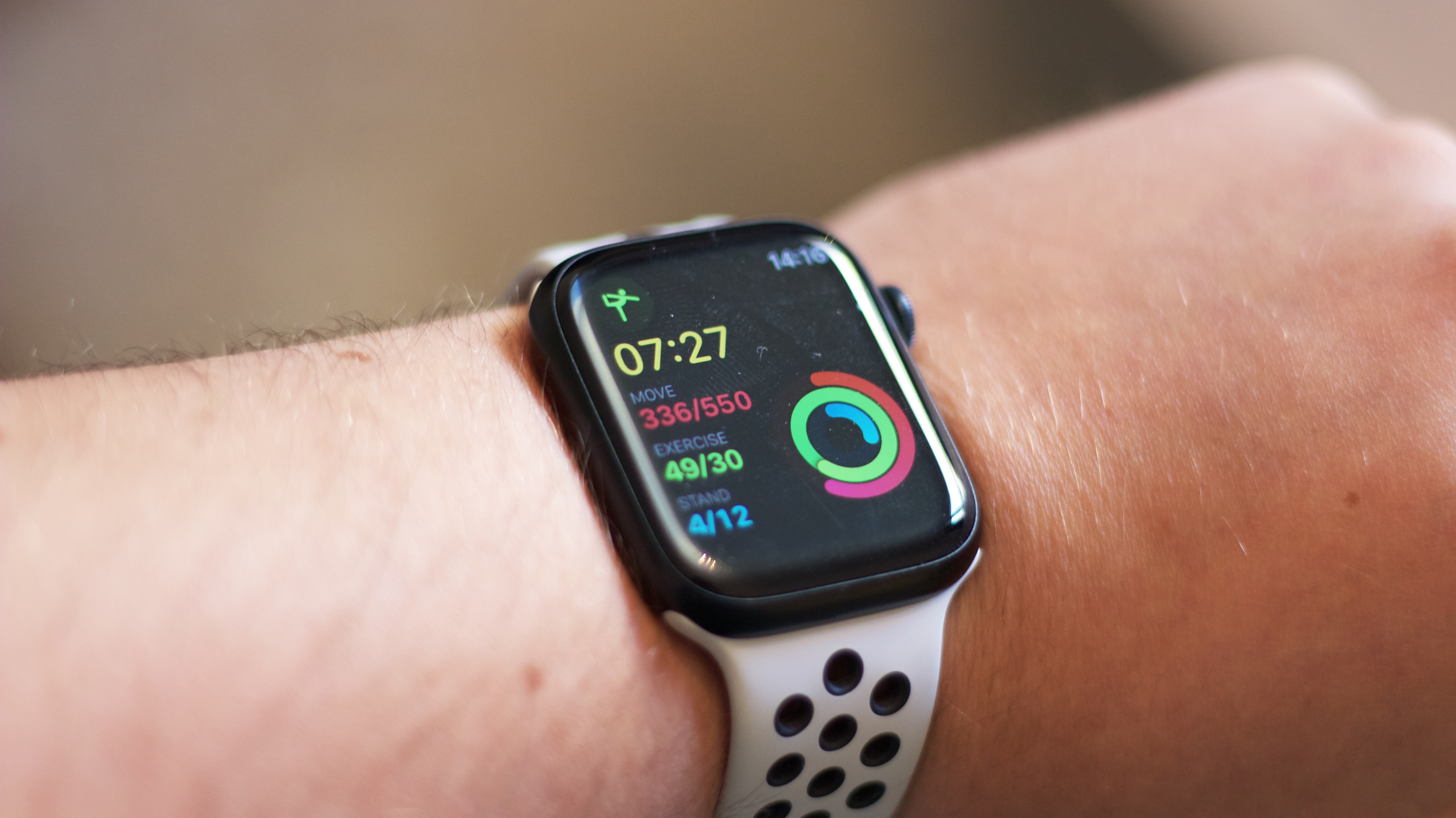
A Californian man is still alive thanks to the Apple Watch after his smartwatch flagged up his need for a pacemaker.
Peter Moore from Montecito, California, started to feel lightheaded while on the way to the airport to pick up his daughter. He told KTLA 5, "I felt a little lightheaded and a little faint, and like a typical male, I thought, ‘I’ll go to Starbucks. That’ll fix it,'”
Before he reached Starbucks, his Apple Watch started to ping his wrist with notifications, and Apple's wearable was insistent that his heart rate was far too low.
"I looked at it… my heart rate had dropped to 32." His wife rushed out to pick him up and take him to the hospital where the doctor made it clear that Moore needed a pacemaker ASAP.
Omid Yousefian, the cardiac electrophysiologic who treated Moore said, "his watch had a big role in saving his life,” adding “These days, 25% of the population over the age of 40 … have a high chance of experiencing atrial fibrillation." The doctor installed a pacemaker to help regulate Moore's heartbeat.
Wearables can save lives and catch health conditions earlier than you could ever notice without them, and Moore's story is just another tale of the Apple Watch's life-saving capabilities.
Apple Watch to the rescue
The best Apple Watches are kitted out with loads of sensors from those that monitor your heart rate to temperature sensing. We hear stories like Moore's on a regular basis, highlighting Apple's incredible technology housed on your wrist.
watchOS 11, which is set to launch later this year, goes further with your health monitoring by adding a Vitals app that tracks all of your, you guessed it, vital health information. The operating system is currently in beta, and while you can download watchOS 11 now, we advise you to wait for the stable release later this fall.







